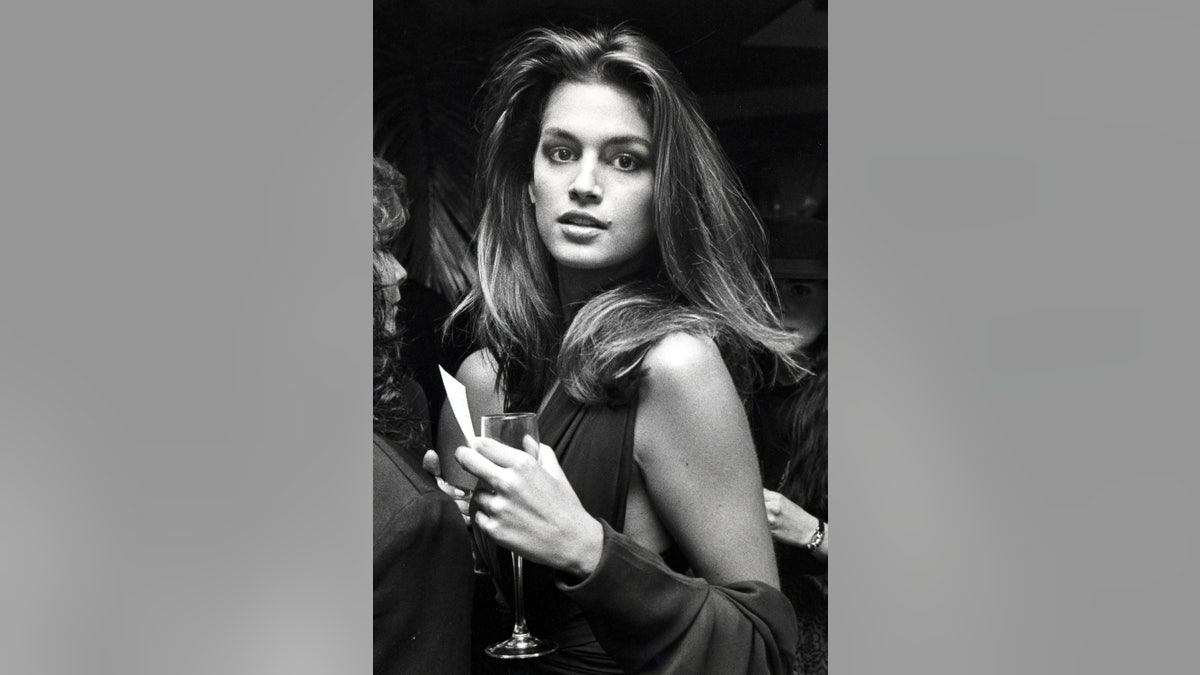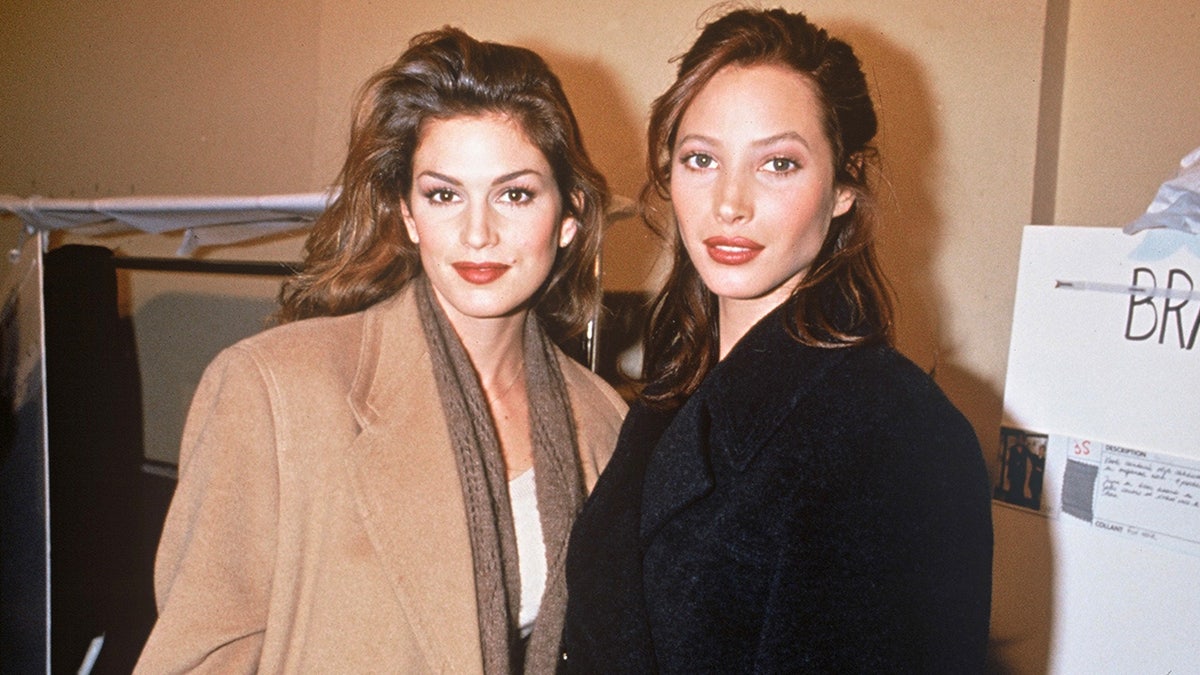In 1988, Cindy Crawford decided to trust her own instinct and not listen to the people around her.
In Apple TV+’s new documentary, “The Super Models,” Crawford explained that she was advised not to pose nude for Playboy in the late ’80s due to the reputation the magazine had.
“Everyone in my life at the time thought I shouldn’t do Playboy,” Crawford said in the second episode of the series. “My modeling agency didn’t feel that that fit into the types of jobs I should be doing. I think the brand still had a connotation to it that maybe scared some people off.”
Cindy Crawford opens up about posing nude for Playboy in 1988. (Getty Images)
Crawford “understood the platform of Playboy and what that symbolized” and noted that at the time it wasn’t the norm for supermodels to pose for the risqué magazine. In her words, it “was definitely outside the normal trajectory for a Vogue model at the time.”
CINDY CRAWFORD CALLS OUT OPRAH FOR TREATING HER LIKE ‘CHATTEL’ WHEN MODEL WAS 20: ‘SO NOT OK’
Crawford decided to trust her instinct and pose nude for Playboy in 1988.
“I don’t know, there was just something about it that intrigued me. So, against the advice of my agents, I said yes,” she explained.
Herb Ritts, the famed fashion photographer, was the person who arranged the photo shoot for Crawford.
“Herb Ritts was someone that I worked with a lot,” she said. “I stayed at his house, and we were very good friends.”
Pay was not one of Crawford’s requirements, but one them was “as long as I can have control of the images, and I wanted the right to kill the story if I don’t like it.”
She explained, “Herb and I combined it with another trip that we were doing for French Vogue to Hawaii. We’d shoot a picture for French Vogue, and then we’d shoot a picture for Playboy. I mean, you almost couldn’t tell which pictures were for French Vogue and which pictures were for Playboy. It was very organic, and I loved them.”
“That’s the whole thing for me is, even if I make choices that other people disagree with or don’t like, if they’re my decisions and I have control of it, that’s empowering to me,” Crawford said. “Even if it’s doing Playboy. I never felt like a victim of that decision.”
Crawford’s decision to pose for the publication presented new business opportunities for her. In the late ’80s, MTV launched a television series in which it focused on up-and-coming fashion trends, and Crawford was slated at the host.

Cindy Crawford attends a party to celebrate her October 1998 Playboy cover. (Ron Galella)
“Fashion still was primarily female, and then all of a sudden Playboy was primarily guys,” she said. “It was a very different thing. I doubled my audience by doing that. And those two things together led to MTV. They wanted someone, like a model or someone from fashion, but they also wanted someone who had male fans.”
CINDY CRAWFORD BODY-SHAMED OVER BIKINI PHOTO: ‘GETTING A LITTLE OLD FOR THIS’
Crawford added, “I had no training in broadcasting. It was bringing together music and fashion and pop culture and putting it into a mixing bowl, and we didn’t really care what came out.”
The supermodel enjoyed hosting the MTV show “House of Style” because it allowed her to put her personality on display.
“It gave me an opportunity to talk, and I was able to bring a little bit more of myself to my public persona,” Crawford said. “That all felt very empowering to me.”
LIKE WHAT YOU’RE READING? CLICK HERE FOR MORE ENTERTAINMENT NEWS
In the four-part documentary, Crawford is joined by fellow supermodels Naomi Campbell, Christy Turlington and Linda Evangelista to look back at their successful careers.
Campbell and Turlington shared in the docuseries that posing nude for publications came with the job, and oftentimes the models did not have control on how their naked body was presented to the world.

Cindy Crawford is pictured in 1988. (Ron Galella/Ron Galella Collection)
“I don’t feel like when I’m nude that I’m nude,” Campbell said as she looked through a book filled with nude images of herself. “It really depends who I’m shooting for. I could feel totally clothed. It’s the concept and the way when it’s tastefully done that you don’t feel like you’re nude.”
CLICK HERE TO SIGN UP FOR THE ENTERTAINMENT NEWSLETTER

Cindy Crawford and Christy Turlington are two of the most recognizable supermodels of any generation. (Rindoff Petroff/Castel/Getty Images)
Turlington added, “I respect and admire people who can be comfortable in their bodies and comfortable naked. If I’m working with somebody that I trust, and I have respect for, and I understand their vision, then I can take some risks. If I can trust that person capturing it and I know what they see, and I know that my comfort is going to make that image that much more exciting, interesting, whatever, then I can go there. But if that trust isn’t there and there’s this sense of, well, you know, ‘Go. Do it. You do your thing, I’m going to capture it,’ I can’t do that. I can’t just do all the things that take time and trust for any camera.”
CLICK HERE TO GET THE FOX NEWS APP